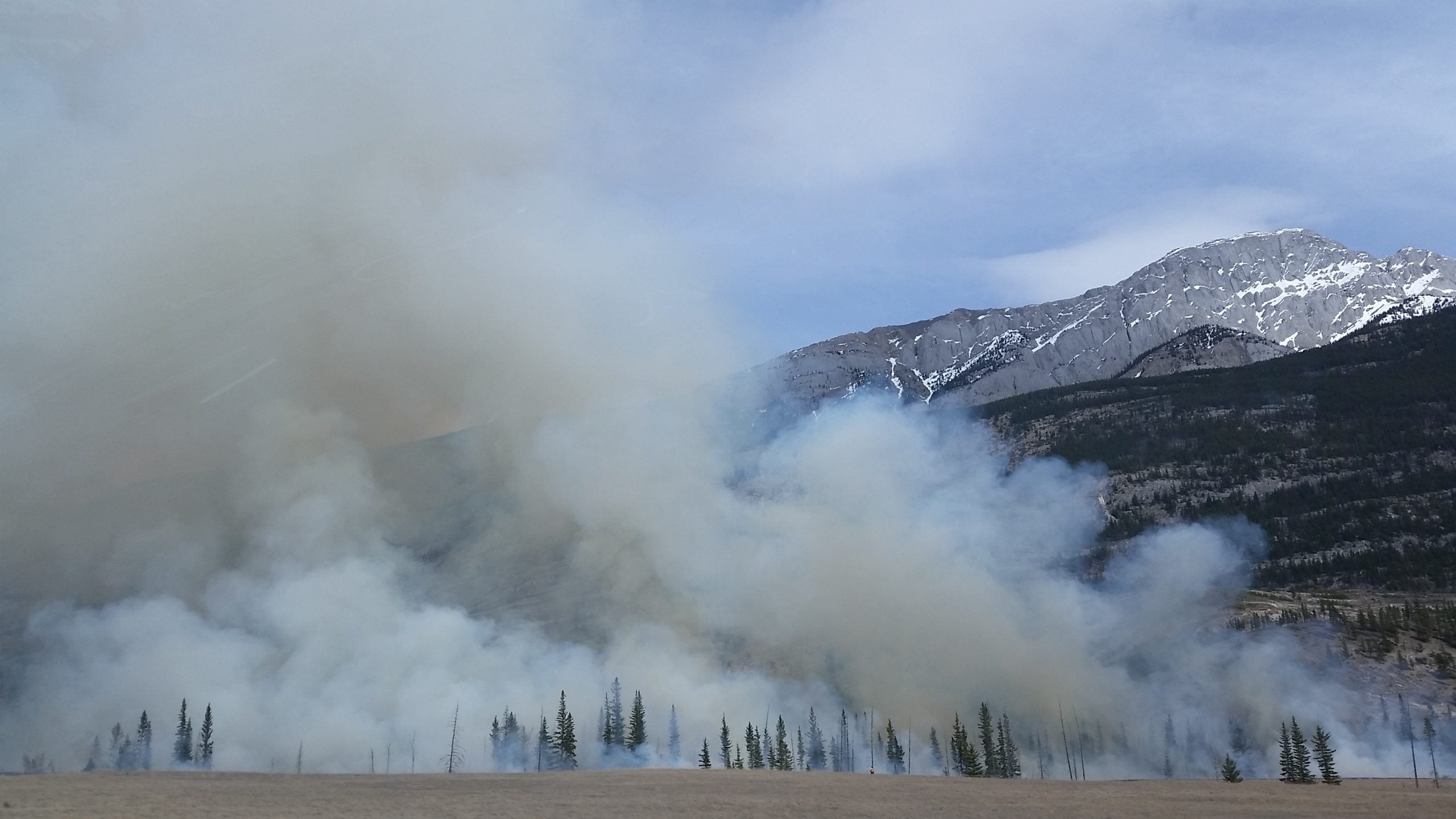Wildfires are nothing new. In most of North America, fires are actually critical parts of a functioning ecosystem. Recovering forests play important and often underappreciated roles as ephemeral homes for fire-adapted species, and the mosaic left behind by a fire – untouched forests, slightly dead forests, totally burnt forests – is important for regulating future fires, insect outbreaks, and as habitat.
Growing Returns
Selected tag(s): Recovery
Fires are normal, and so is fire recovery – at least it used to be
Hurricane season is here. What past storms can tell us about reducing risk.
With the start of another Atlantic hurricane season, coastal residents from Texas to New York should hope for the best and prepare for the worst. While the current prediction is for a close-to-normal 2019, prior years have demonstrated that it only takes one storm to bring widespread devastation.
In 2018, Hurricane Michael became the first Category 5 storm to hit the continental U.S. since Hurricane Andrew in 1992. Communities are still recovering from the unprecedented 2017 Atlantic Hurricane season, which caused $282 billion in damages, including $92.2 billion in Puerto Rico and the U.S. Virgin Islands from Maria and $128.8 billion from Harvey in Texas.
Through this devastation, we have learned several important lessons about how to better prepare for and react to storms to reduce damages and hasten recovery. Read More
Three ways nature can help rebuild and protect communities following Cyclone Fani
My upbringing drew me to work in coastal hazards. Though I work on coastal resilience in Louisiana, I spent much time throughout my childhood and adult life in Odisha, a state with a 300-mile coastline along the Bay of Bengal. Odisha is part of the bay’s infamous cyclonic zone that stretches across the Bangladeshi lowlands, and its coastline has been subjected to devastating storms and floods intensified by the effects of global warming and sea level rise. Read More
From barrios to the bio bay, what Puerto Rico’s recovery teaches us about resilience
Natural disasters are oftentimes felt most severely by human communities and ecosystems that are already vulnerable. This disparity is on clear display in Puerto Rico, where I am currently working.
On Sept. 20, 2017, just two weeks after Hurricane Irma skirted the islands of Puerto Rico, the eye of Hurricane Maria struck, with sustained winds of 155 miles per hour and gusts measured at 255 miles per hour by the U.S. Fish and Wildlife Service, until the weather station was torn away. Twelve hours of wind, rain and high seas left no part of Puerto Rico unscathed.
In Vieques, the island where I’m based, and other remote areas of Puerto Rico, the power grid was offline for more than five months – the longest blackout in U.S. history.
While recovery efforts were slower and more painful than they should have been, the Puerto Rico experience still offers some key lessons in resilience. Read More










